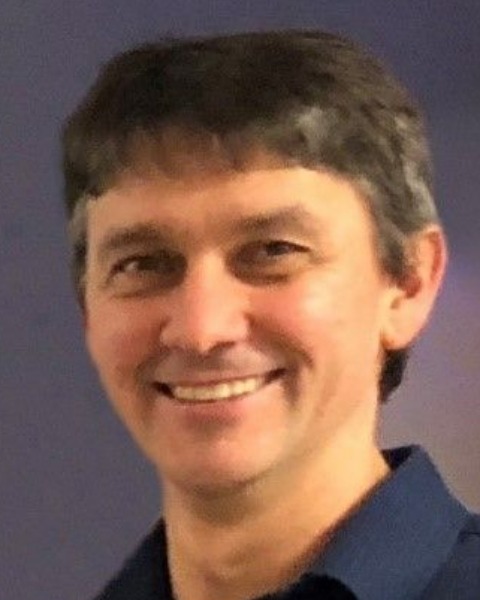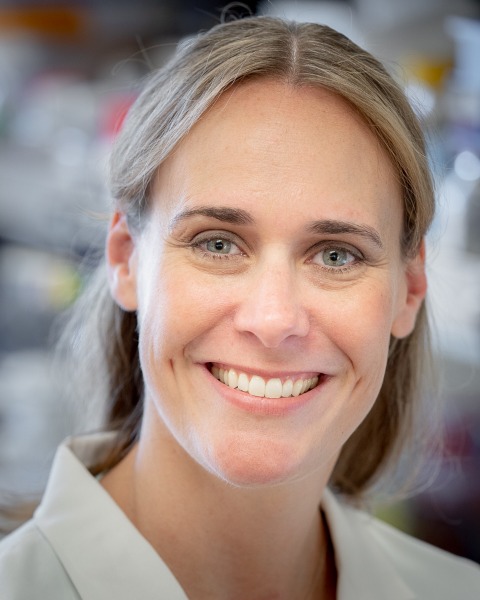Exhibitor Tutorial
Lessons learned from Cell Painting screening and advancements in translational medicine with primary derived tumor models
Tuesday, February 6, 2024
2:00 PM - 3:00 PM EST
Room/Location: 104A
Sponsored By


Regis Doyonnas, PhD
Pfizer

Shannon Mumenthaler, PhD
Ellison Institute of Technology, California, United States
In the first talk, lessons learned from Cell Painting, a phenotypic screening approach using high content screening (HCS) technology to interrogate cellular level morphological features using multiple probes with multivariant analysis to identify and cluster perturbagens (compound, drug, gene) classes by potential mechanism of action will be discussed. The promise of correlating phenotypic signatures using AWS pipelines of Cell Painting feature data with other -OMICS technologies will also be discussed.
In the second talk, we will explore the latest advancements in 3D preclinical models, such as organoids and organs-on-chips, which are driving innovative investigations into understanding cancer progression and assessing drug efficacy. We integrate patient-derived colorectal cancer organoids with a microfluidic organ-on-chip system, utilizing high-content imaging to achieve comprehensive measurements that capture the spatial and temporal dynamics of cancer cells. This research sheds light on crucial interactions between colorectal cancer cells and their microenvironment, offering insights that could be leveraged to prevent or delay cancer progression.
In the second talk, we will explore the latest advancements in 3D preclinical models, such as organoids and organs-on-chips, which are driving innovative investigations into understanding cancer progression and assessing drug efficacy. We integrate patient-derived colorectal cancer organoids with a microfluidic organ-on-chip system, utilizing high-content imaging to achieve comprehensive measurements that capture the spatial and temporal dynamics of cancer cells. This research sheds light on crucial interactions between colorectal cancer cells and their microenvironment, offering insights that could be leveraged to prevent or delay cancer progression.

.png)